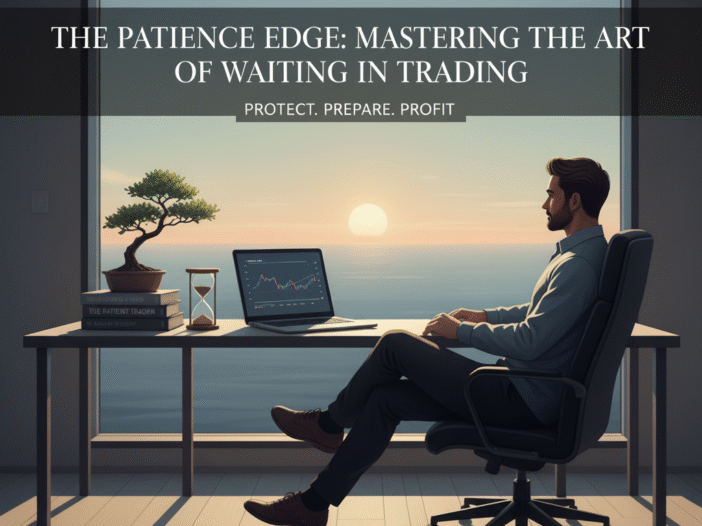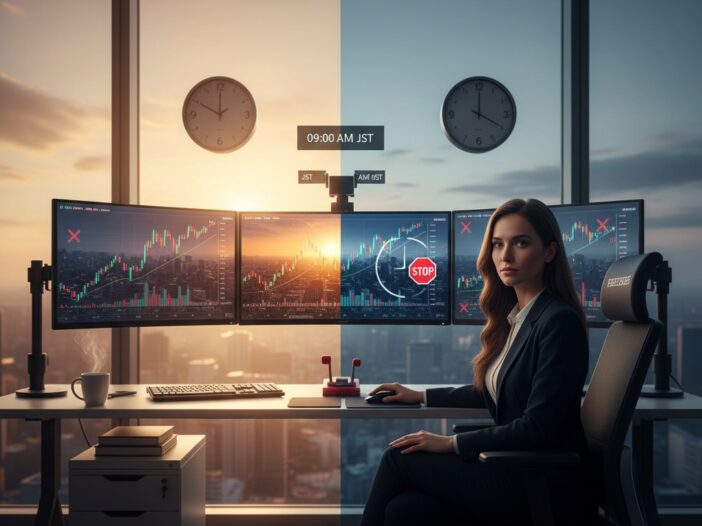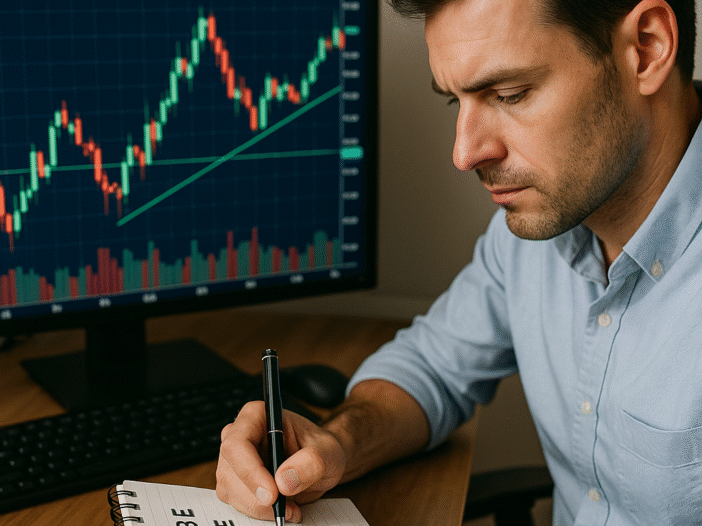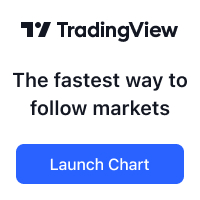Most traders think the hardest part of trading is finding the right entry. But the real challenge often begins after you’ve already done the hard work, executed cleanly, and booked a win. The danger isn’t missing setups. It’s what happens when you’ve had a good trade and suddenly the urge to do more creeps in. […]
Learn Trading
Consistency Through Simplicity: One Trade That Matters
Most traders think consistency is built on catching every move. I used to think the same — that if I missed a leg, I was leaving money on the table. But over time, I’ve come to see the opposite is true. The more I chased, the less consistent I became. Now, I aim for something […]
Patience Pays More Than Prediction
Last week I didn’t trade much.One day I didn’t even look at the charts. Another day, I only watched. And then, on Friday, the market delivered a clean move, the kind of sequence that looks obvious in hindsight. The surprising part? I didn’t feel regret. The pressure to always act Trading has a hidden tension.It’s […]
Flat, Frustrated, and Still Winning
I finished today flat.No trades. No gains. Just charts and notes. On paper, that sounds like nothing. In practice, it was harder than taking a loss. Because the market moved exactly where I thought it would. I called it right, but didn’t step in. That’s where the frustration creeps in.It feels like you missed it.Like […]
The Window Is the Edge
Most traders think edge lives in the chart. Patterns, indicators, setups. But this week reminded me that edge often lives in time. I’ve been trading Tokyo mornings with smaller probes. The pattern is clear: the first 90 minutes tell the truth. Moves are clean, the flow is directional. After that, the market slides into chop. […]
The Discipline of Probe Trades
Not every trade is meant to be a winner. Some trades are meant to ask a question. This week reminded me of that. A few setups looked ready to run, and I stepped in with small size to test the waters. The market’s response wasn’t there. Instead of forcing it, I cut them quickly. On […]







